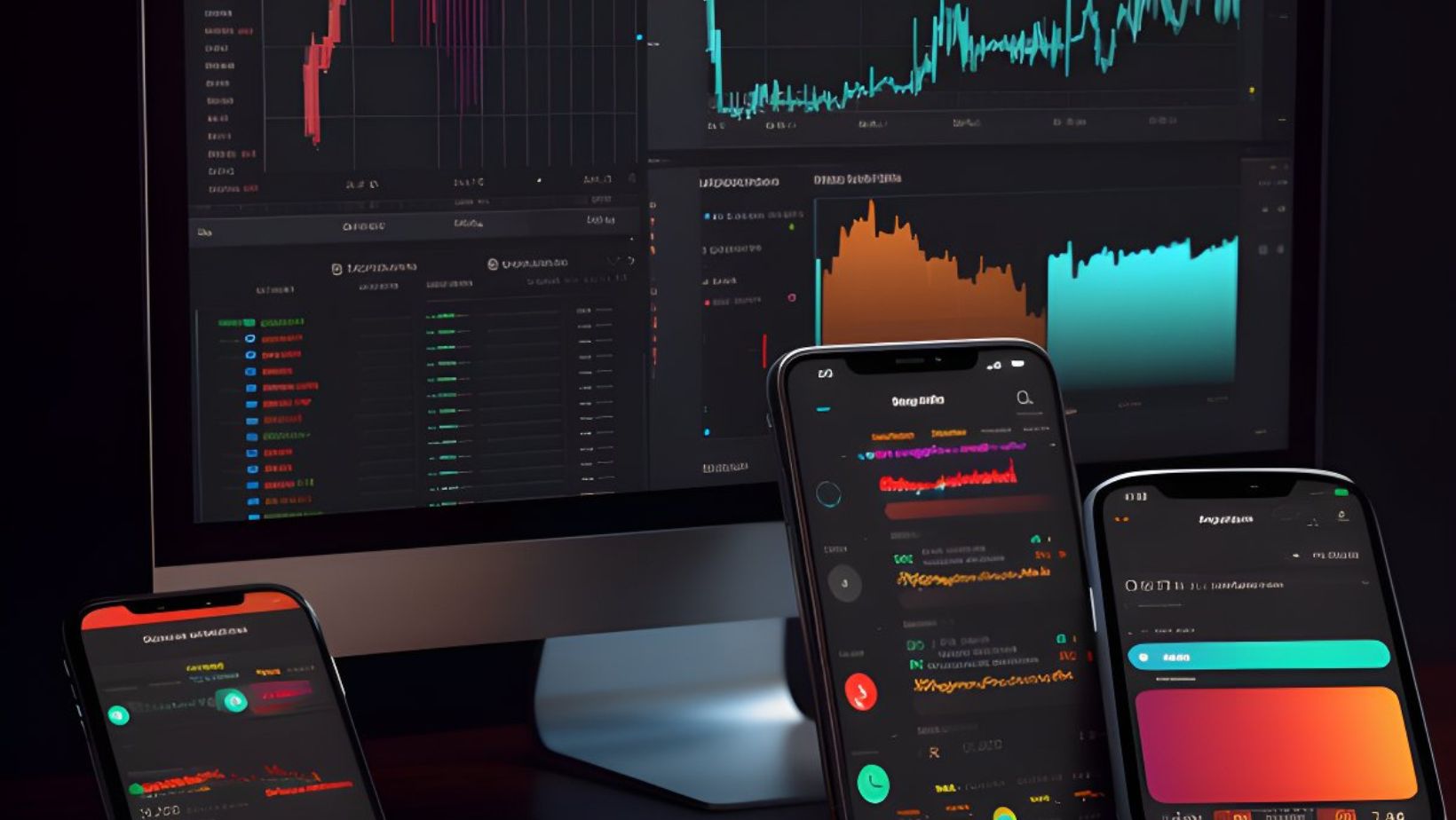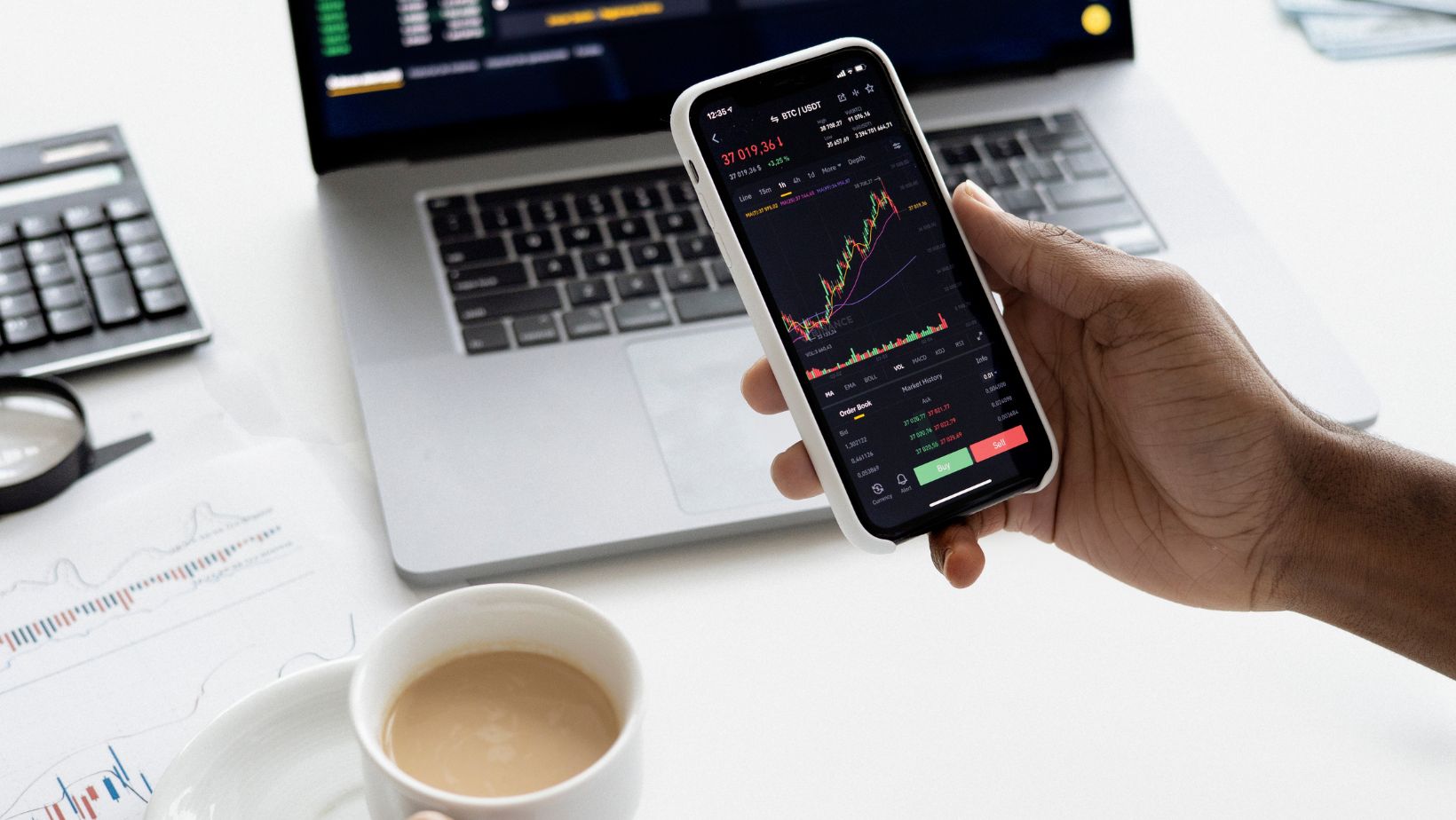Among the many factors affecting success, timing your futures contract rollovers effectively is key to maximizing profits and minimizing risks. A well-executed rollover strategy ensures smooth transitions between contracts while preserving your market exposure.
This article explains why timing is so critical in futures contract rollovers, the role of rollover dates, and how traders can refine their strategies to achieve better outcomes.
What Is a Futures Contract Rollover?
Before discussing the importance of timing, it’s crucial to understand futures contract rollovers. A futures contract has a set expiration date, after which it becomes invalid. To maintain their position, traders “roll over” by closing the expiring contract and opening a new one.
This process lets traders stay invested in their chosen asset while managing contract expirations. However, poorly timed rollovers can lead to financial losses and operational challenges, making timing essential.
The Role of Futures Contract Rollover Dates
Rollover timing revolves around futures contract rollover dates, which mark the optimal window for transitioning positions. These dates vary by contract type and asset class, but they typically occur just before the contract’s expiration month.
Traders often track these dates closely to avoid complications like liquidity constraints, volatile price movements, or undesirable shifts in market conditions. Rollover dates matter because liquidity—the market’s ability to smoothly move large orders without denting prices—often migrates from the expiring contract to the new one during this period.
Traders moving too early might face diminished liquidity in the new contract, while those rolling over too late may encounter erratic price movements as the contract approaches expiration. Timing the switch appropriately can help traders avoid these pitfalls and take advantage of favorable pricing conditions.
Risks and Opportunities in Timing Futures Contract Rollovers
Rollover timing presents both risks and opportunities for traders. Here’s a deeper look into both sides of the equation:
Risks of Poor Timing
-
Liquidity Challenges
If you move too soon, the next contract might still be illiquid. Thin market conditions can widen bid-ask spreads, costing you more to execute trades.

On the other hand, rolling over too late may force you to trade in the expiring contract when liquidity has already started drying up.
-
Adverse Price Movements
Futures prices fluctuate due to supply, demand, and market sentiment. If you mistime your rollover date, you risk incurring losses due to high volatility, which often spikes as contracts approach expiration.
-
Slippage and Transaction Costs
Changing contracts during unfavorable conditions can amplify slippage—the difference between expected and actual trade prices. Increased spreads, coupled with trading fees, can lead to higher costs over time.
Opportunities with Good Timing
- Optimized Entry and Exit Points
Well-planned rollovers can help you capture better pricing moments in the new contract, ensuring efficient market entry. This is particularly beneficial for high-frequency traders or those managing large positions.
- Market Insight from Contango and Backwardation
Futures contracts often exhibit pricing structures like contango (when future prices are higher than current prices) or backwardation (when future prices are lower). Understanding these trends can guide your rollover decisions, allowing you to adjust for market sentiment shifts.
- Maintained Market Exposure
Timely rollovers ensure uninterrupted exposure to your asset class, enabling you to stay aligned with your trading goals without the hassle of closing positions entirely.
Tips to Nail the Timing of Futures Rollovers
While perfect timing is difficult, there are actionable steps you can take to improve your rollover strategy and minimize uncertainty in the process. Here are some key tips:
- Keep a Rollover Calendar
Maintain a calendar that tracks futures contract rollover dates for your chosen assets. This will keep you ahead of upcoming expirations and help you plan transitions methodically. Most brokers and trading platforms provide tools to identify these dates.
- Monitor Liquidity Shifts
Study the volume data of your expiring and next contracts. Liquidity generally starts shifting to the new contract a few days before expiration. Rolling over as liquidity builds up in the new contract can help you avoid execution risks.
- Stay Aware of Margins
Margins (the upfront capital you must allocate for a trade) often differ between expiring and new contracts. Factor in these changes to prevent funding surprises that could disrupt your strategy.
- Beware of Market Events
Economic reports, geopolitical updates, or central bank announcements can influence futures prices dramatically. Timing rollovers to avoid periods of uncertainty or heightened volatility can protect you from steep losses.
Final Thoughts
Timing in futures contract rollovers can make or break a trader’s strategy. From understanding futures contract rollover dates to navigating liquidity and market conditions, precision is everything.

By planning ahead, staying informed, and using the right tools, traders can minimize risks and capitalize on potential opportunities. Whether you’re managing a single position or a complex portfolio, mastering the art of rollover is an essential skill for long-term success in the futures market.


More Stories
Craig Scott Capital: A Comprehensive Overview
USB Flash Drive Showing No Media in Disk Management [8 Quick Fixes]
The Institutional Case for Tokenizing Real‑World Assets